Dr. Michael Garr, Ph. D. aka "Doc Garr"

We have lots of anecdotal information about whether pipe smoking is on the increase or decrease. And we have anecdotal information about what age groups are more likely to smoke a pipe. What we are lacking is systematic information about the age distribution of pipe smoking across a number of years.
I use the National Survey of Drug Use and Health (NSDUH) to provide some systematic information about pipe smoking. The NSDUH is a yearly survey that uses random sampling of the American population. The sample size varies each year but is typically around 55,000 respondents, which is a very large sample size. I examine the years in which the question of whether respondents smoked a pipe in the past month is asked. The NSDUH started to ask the question in 1999 and has asked the question every year since then.
First of all, the percentage of the overall population who smoked a pipe in the past month does not change much over the 15 years. Between 1999 and 2014 past month pipe smoking varies from 0.9% to 1.2%. In 2014, it was 1%. So in a population of 320 million people, about 3.2 million smoked a pipe in the past month.
I look at five age groups, although the survey looks at 17 age groups. I do this to make the chart simpler to examine. The five age groups are 12 – 17, 18 – 25, 26 – 49, 50 – 64, and 65 or older, in years. Below is the chart of past month pipe smoking and age.
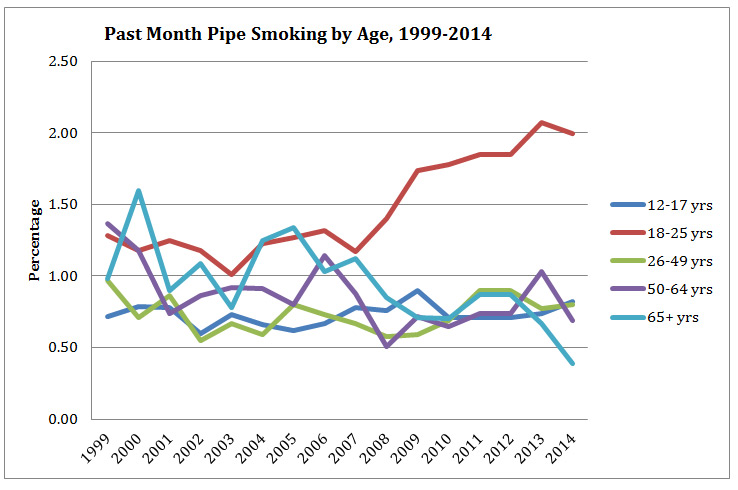
To simplify matters, I calculate the 1999 – 2014 percent change in pipe smoking for each age group.
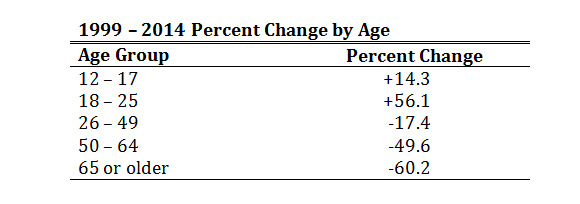
The -60.2% for the 65 and older age group may be an aberration. There was a precipitous drop in pipe smoking to 3.9% in 2014 from 6.7% in 2013. This was a large drop that I am assuming is somewhat erroneous. We will not know until the 2015 data becomes public. Probably it is somewhere closer to a decline of 30 – 35%.
Supporting the anecdotal information, we see that there is a rather large increase in past month pipe smoking by those ages 18 – 25. The youngest age group, 12 – 17, also saw an increase in pipe smokers. The older age groups all saw declines in the percentage of past month pipe smoking.
You can see in the chart that the 18 – 25 age group and the 65+ age group are fairly comparable. But starting in about 2005, the 18 – 25 age group significantly starts to increase and the 65+ age group starts to decrease.
We will have to wait to see what the future has in store for pipe smoking. We will have to wait and see what effect the FDA’s new draconian regulations on tobacco will have on pipe smoking. We pipe smokers are what the sociologist Max Weber terms a status group. We share a lifestyle. It appears that the younger generation is the carrier of this lifestyle into the future. Older pipe smokers must do their best to encourage this younger generation to continue our lifestyle. Hopefully, the increase in younger smokers will continue as they age into middle age and a new group of young adults will also take up the pipe.
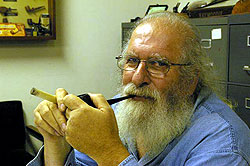
"Doc" is currently president of The United Pipe Clubs of America and Pocono Intermountain Pipe Enthusiasts. In 2011 Doc won the national slow-smoke championship in Chicago and competed in the World Cup in Eindhoven, Netherlands, where he came in 69th out of 338 smokers. He has been a pipe smoker for almost 25 years. When he is not smoking a pipe, Doc is Professor of Sociology at Wilkes University. He also moonlights at El Humidor, Wilkes-Barre, PA, a tobacco store. |







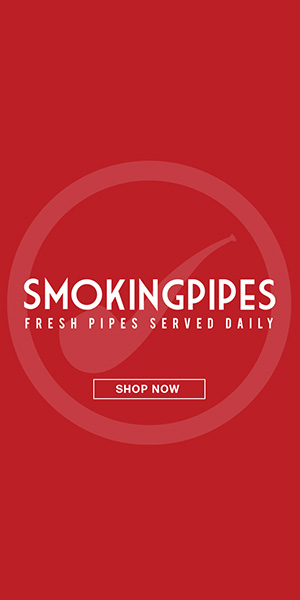
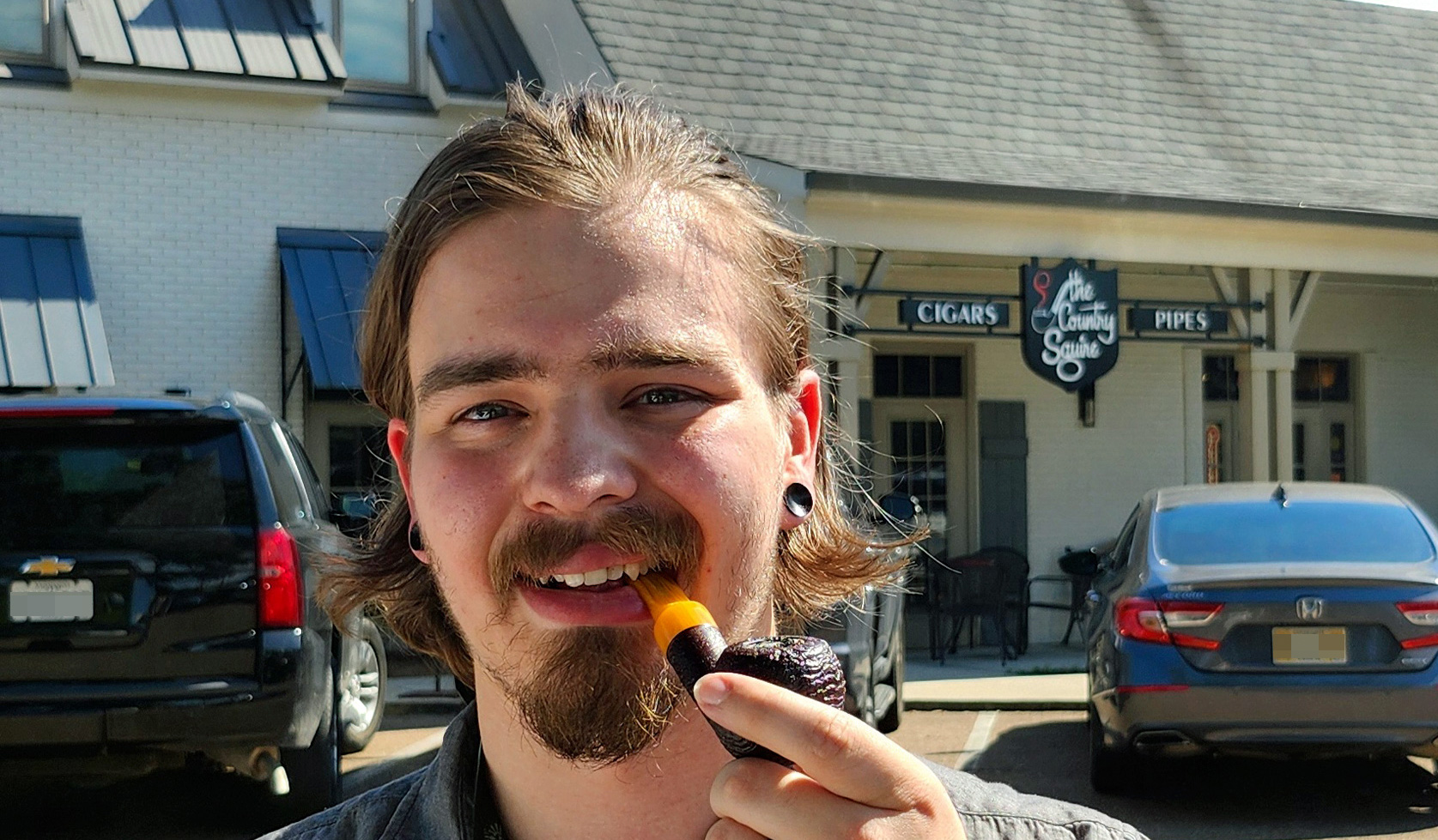


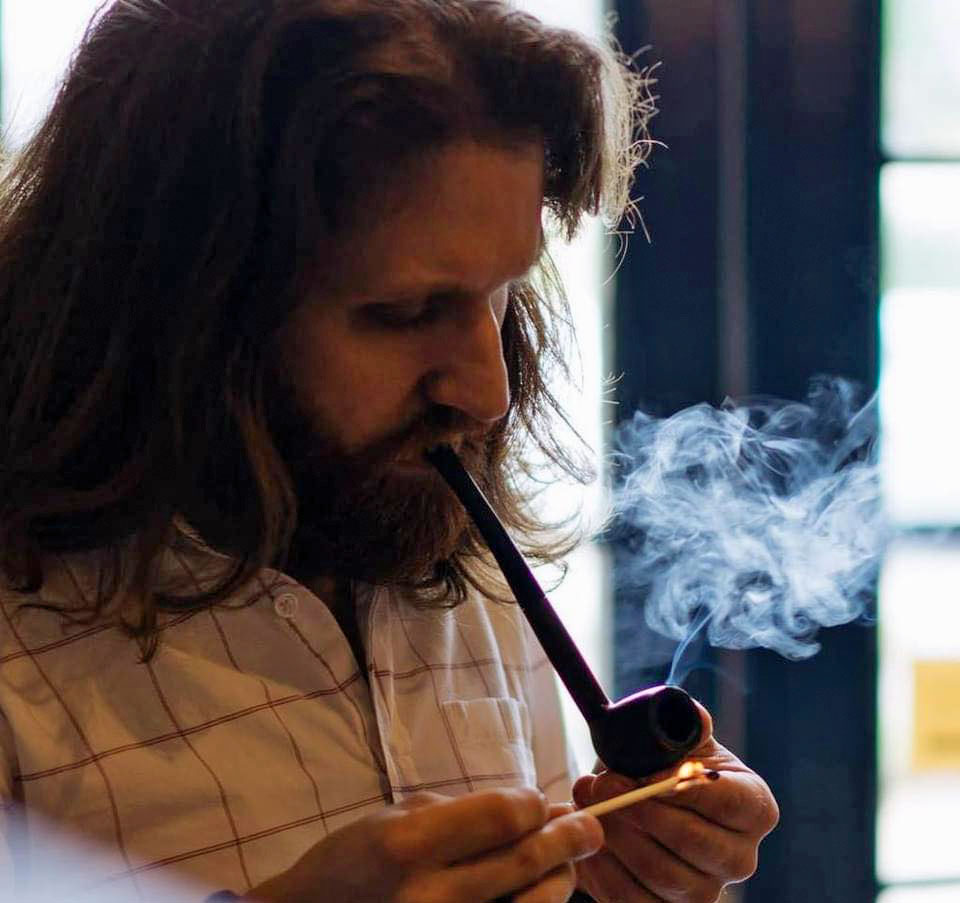
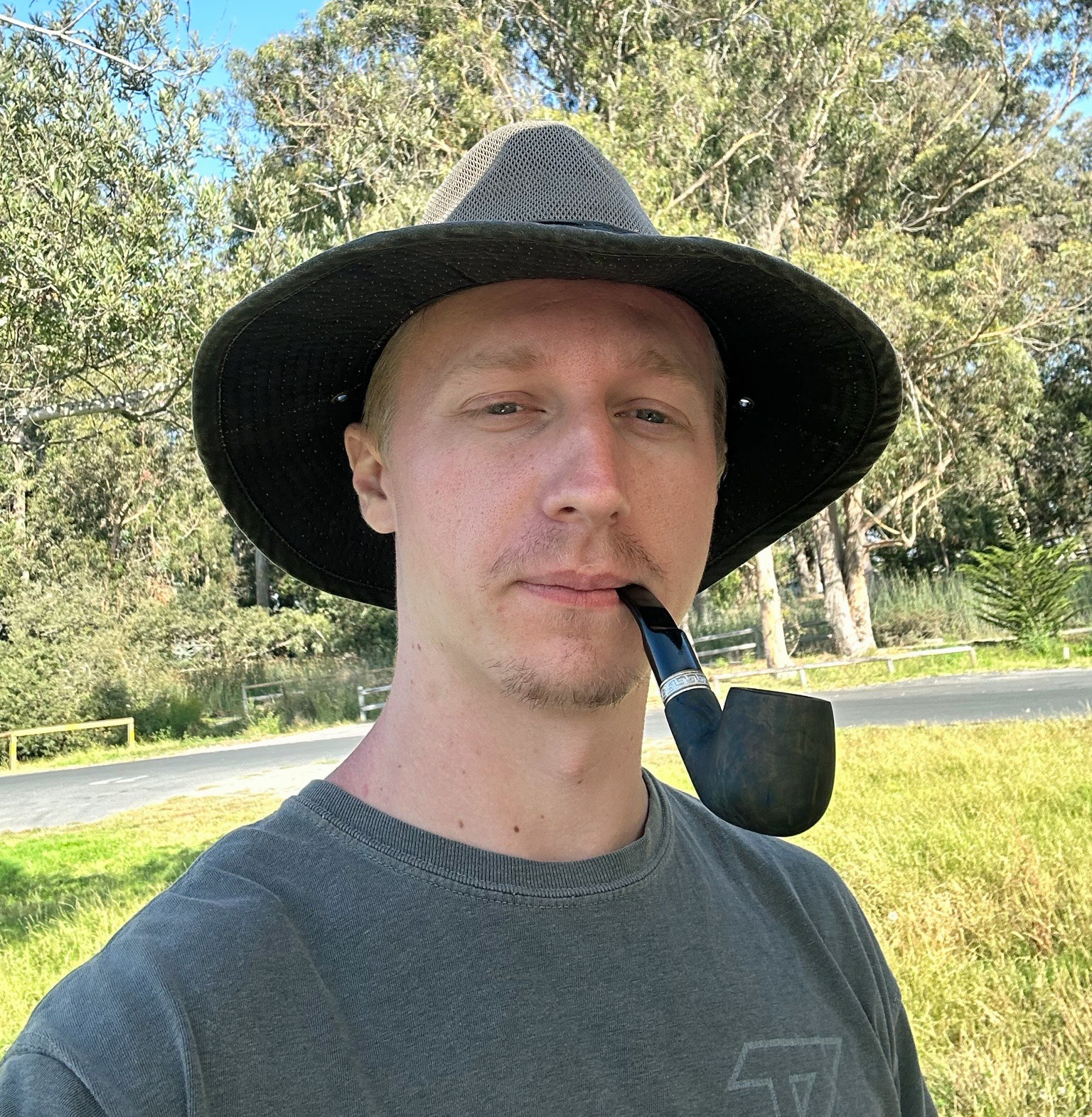





Totally surprised by the 18-25 year-old cohort. I would have expected a slight increase. Older folks may fade in pipe smoking for unrelated health reasons, but the drop surprised me too. One of my pipe friends who lives in NYC/Queens/Sunnyside and has a daughter in her twenties, commented in a recent phone call that pipe smoking has really become fashionable again, and since fashion is frequently a function of the young, I guess this refers to the 18 to 25 year-old cohort.
Not really that surprising altogether, really. I was talking about this very thing with a local shop owner and he stated that pipe smoking is at a plateau overall. Myself, I have not smoked my pipes much over the past few years due to several factors. I’m picking them back up more now.
Nice data. It is surprising. “Fashion” could be a factor but I have yet to see even the slightest hint in anything I have seen. Then again,… I never have been the trendy type. I do suspect that there has been some strong influence from the “Lord of the Rings” type movies and “Wizards” and the such. There is an entire “cult” if you following this sort of thing. I do not. Still new,… renewed,… to pipe smoking,… I see a lot of Church Wardens. If you dig enough,.. many are the full wood stems and not just some briar version. I am a fan of the Church Warden and there are some fine long stem briars offered. It was my love of Church Wardens that led me to the whole Wizard “angle” of pipes. At any rate,… my 2 cents.
It would be interesting to relate the 18-25 data to the soaring price of cigarettes. Seems to me that the price of cigarette smoking, increasing like it has in the last ten years, may explain the 18-25 data.
Cortez,…. as a cigarette smoker as well,… 2 and 1/2 cartons can be rolled with the roll your own “pipe tobacco” and tubes for $23.00 U.S. (1# and 3 boxes of tubes). They had to change the cut of the cigarette tobacco I believe and now call it pipe tobacco. Otherwise,.. that same 2 1/2 would run around $150.00 in Ohio. But yes,… you do have a good point and I am sure that it factors in as well.